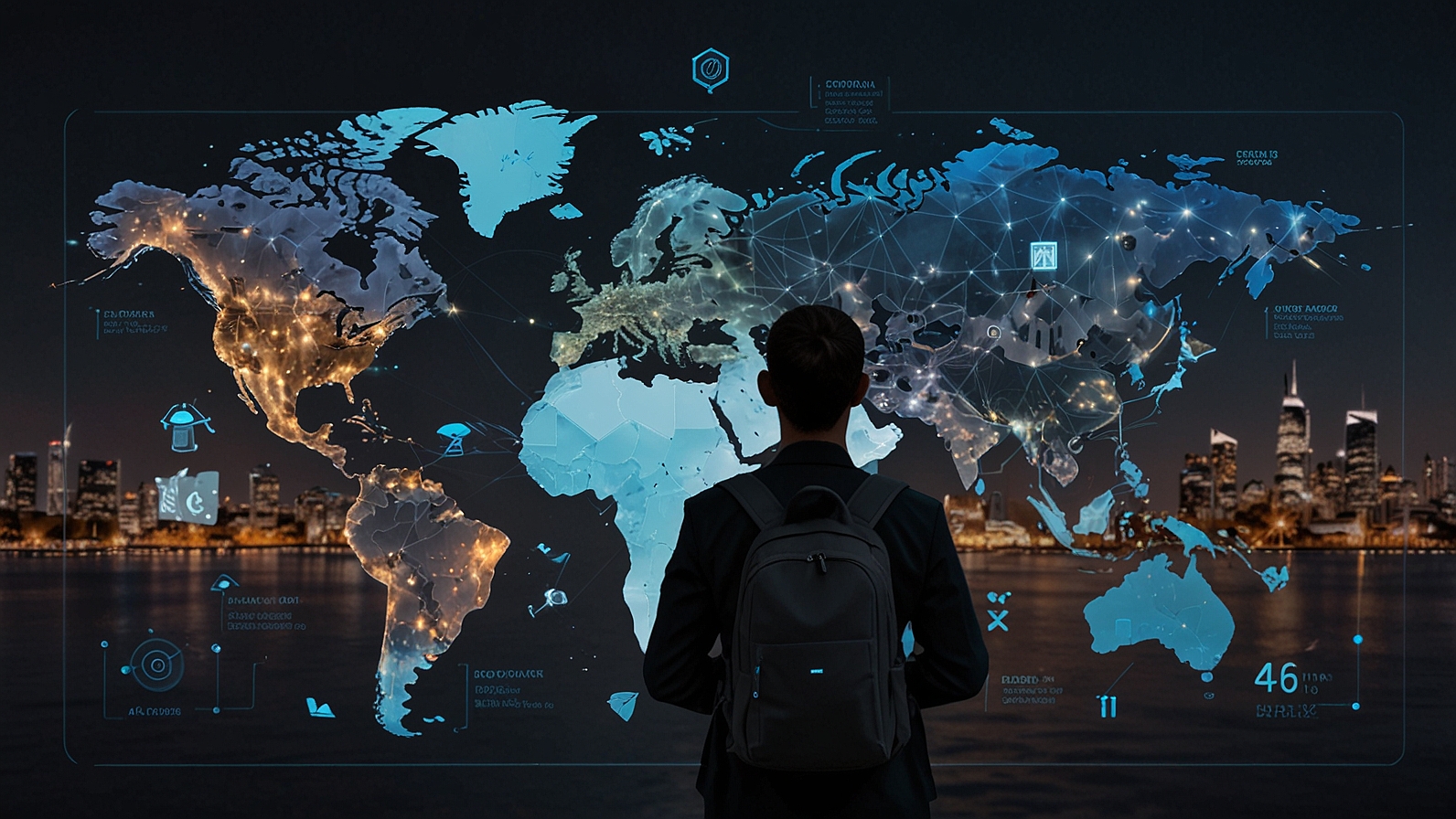Retiring early and stress-free is a dream shared by many, but few achieve it due to poor planning, lack of financial literacy, or simply not starting early enough. Achieving financial freedom isn’t about winning the lottery; it’s about discipline, smart strategies, and a long-term vision. Here’s how you can pave your path to an early and stress-free retirement.
1. Define Financial Freedom
Financial freedom means different things to different people. For some, it’s having enough to travel the world, while for others, it’s living comfortably without worrying about bills. Start by identifying your ideal retirement lifestyle. Ask yourself:
- Where do I want to live?
- What activities will I enjoy?
- What level of monthly income will I need to sustain this lifestyle?
Answering these questions helps establish a clear target for your financial goals.
2. Start Early and Leverage Compound Interest
The sooner you start saving and investing, the easier it will be to achieve your goals. Why? Because of the power of compound interest—earning returns on both your principal and previous earnings.
For example:
- Investing $500 a month at a 7% annual return starting at age 25 could grow to over $1.2 million by age 60.
- Delaying until age 35 could reduce this amount by nearly half.
If you haven’t started yet, don’t panic—it’s never too late. However, the earlier you start, the less you’ll need to save each month to reach your goal.
3. Reduce and Eliminate Debt
Debt can be a major roadblock to financial freedom. High-interest credit card debt, car loans, or even student loans can eat away at your savings potential. Create a strategy to pay off debt aggressively:
- Avalanche Method: Focus on paying off high-interest debts first while making minimum payments on others.
- Snowball Method: Pay off the smallest debts first to gain momentum and motivation.
Once your debt is under control, redirect those payments into savings and investments.
4. Build a Solid Emergency Fund
An emergency fund acts as a financial safety net. Aim to save at least 3–6 months’ worth of living expenses in a liquid, easily accessible account. This prevents you from dipping into retirement savings during unexpected events like medical emergencies or job loss.
5. Maximize Retirement Accounts
Retirement accounts like 401(k)s, IRAs, or Roth IRAs offer tax advantages that can accelerate your savings.
- Employer Match: If your employer offers a 401(k) match, contribute enough to take full advantage of it—it’s essentially free money.
- Roth IRA: This account allows your contributions to grow tax-free, and withdrawals in retirement are also tax-free (subject to certain conditions).
- Self-Employed Options: For entrepreneurs, consider SEP IRAs or Solo 401(k)s to maximize contributions.
The key is to contribute consistently and increase contributions as your income grows.
6. Diversify Your Investments
Relying on a single type of investment can be risky. Diversify your portfolio across stocks, bonds, mutual funds, and other assets to minimize risk and maximize returns over time.
- Index Funds: These offer low-cost exposure to the broader market, making them ideal for long-term growth.
- Dividend Stocks: These provide a steady income stream even during market downturns.
- Real Estate: Rental properties or REITs (Real Estate Investment Trusts) can offer passive income and portfolio diversification.
Consider working with a financial advisor to tailor your investment strategy to your risk tolerance and goals.
7. Cut Unnecessary Expenses
Achieving financial freedom often requires short-term sacrifices for long-term rewards. Scrutinize your monthly expenses to identify areas where you can cut back:
- Limit dining out or subscription services.
- Opt for used instead of new when purchasing cars or appliances.
- Downsize your living arrangements if possible.
Redirecting these savings into your investment accounts can significantly accelerate your progress.
8. Create Multiple Streams of Income
Relying solely on a paycheck can limit your ability to save. Explore additional income streams such as:
- Side Hustles: Freelancing, consulting, or selling products online.
- Passive Income: Investments, rental properties, or royalties.
- Part-Time Work: In industries or roles aligned with your interests.
The more income streams you build, the less vulnerable you are to economic changes, and the faster you can achieve your retirement goals.
9. Regularly Review and Adjust Your Plan
Life changes—so should your financial plan. Reassess your goals, investments, and expenses regularly to ensure you’re on track. Some key moments to revisit your plan include:
- Significant life events like marriage, having children, or career changes.
- Market shifts that may impact your investments.
- Approaching your target retirement age.
10. Focus on Health and Well-Being
Financial freedom isn’t just about money—it’s also about enjoying your life. Poor health in retirement can drain your savings and limit your enjoyment. Invest in your well-being now by:
- Exercising regularly.
- Eating a balanced diet.
- Prioritizing mental health and stress management.
A healthier lifestyle can reduce medical costs and improve your quality of life in retirement.
Conclusion
Achieving financial freedom and retiring early requires careful planning, discipline, and a long-term perspective. By setting clear goals, minimizing debt, maximizing savings, and diversifying income streams, you can take control of your financial future. Remember, the journey to financial freedom is a marathon, not a sprint. Start today, and you’ll be one step closer to enjoying a stress-free, fulfilling retirement.














